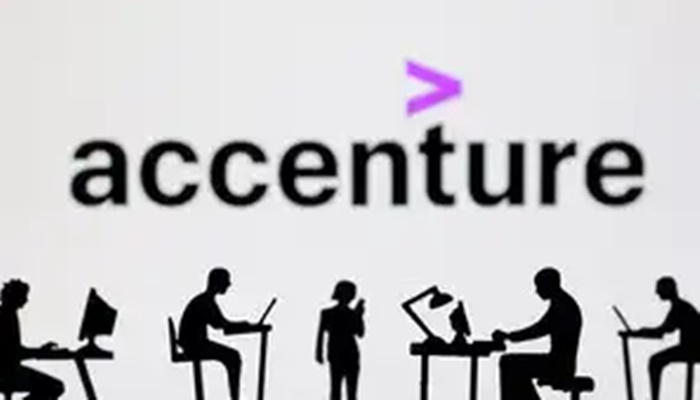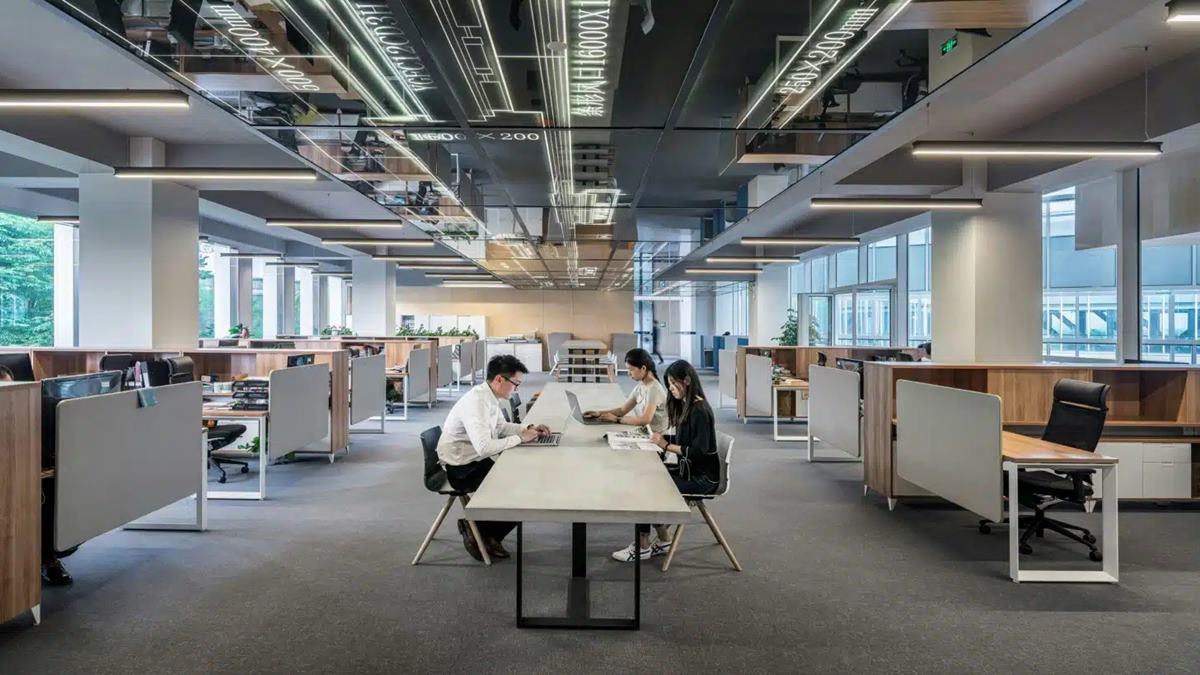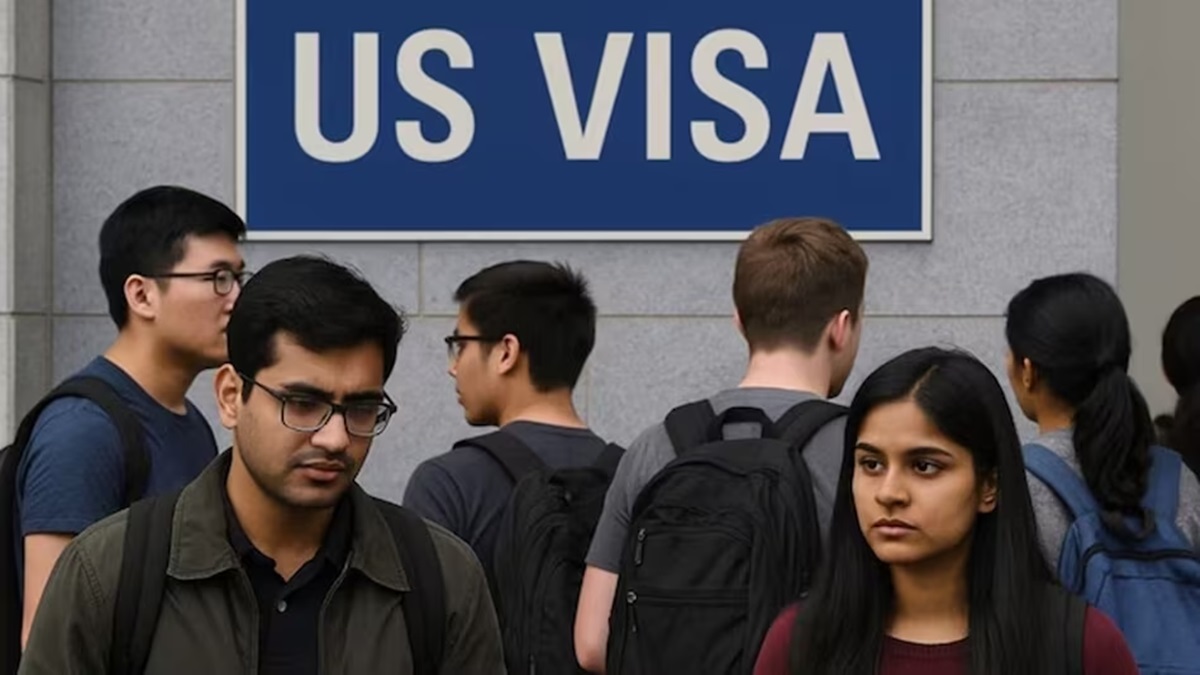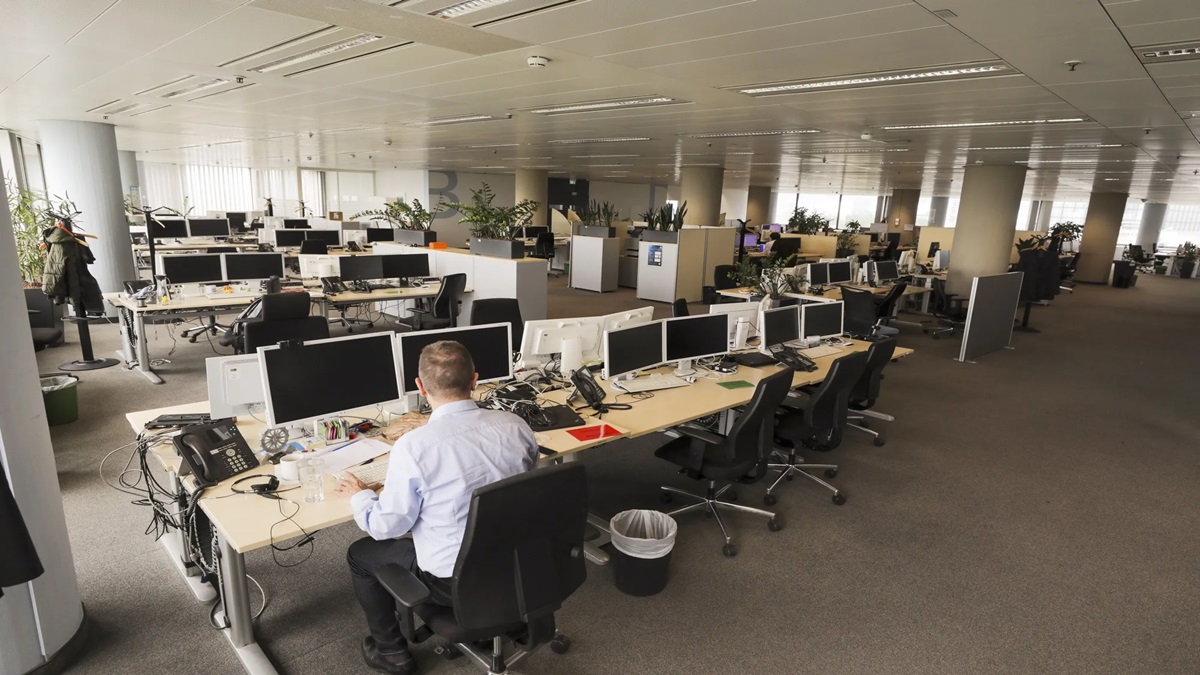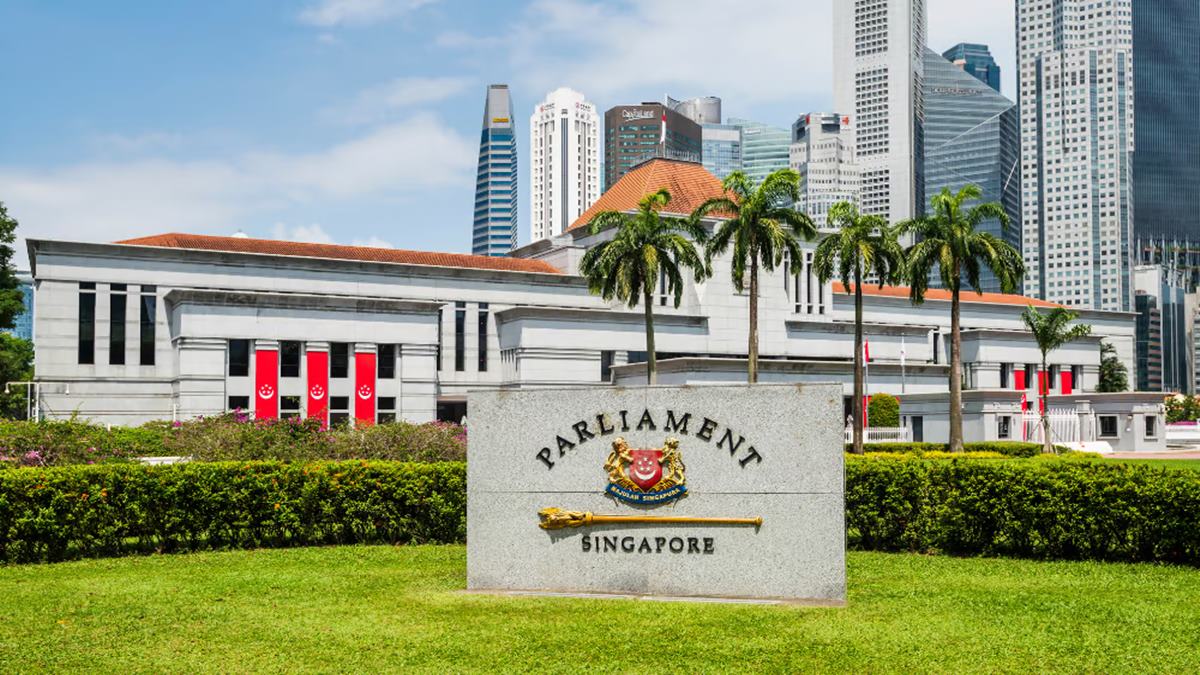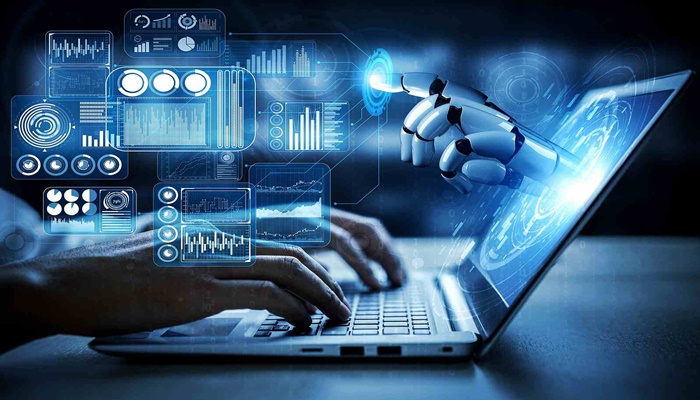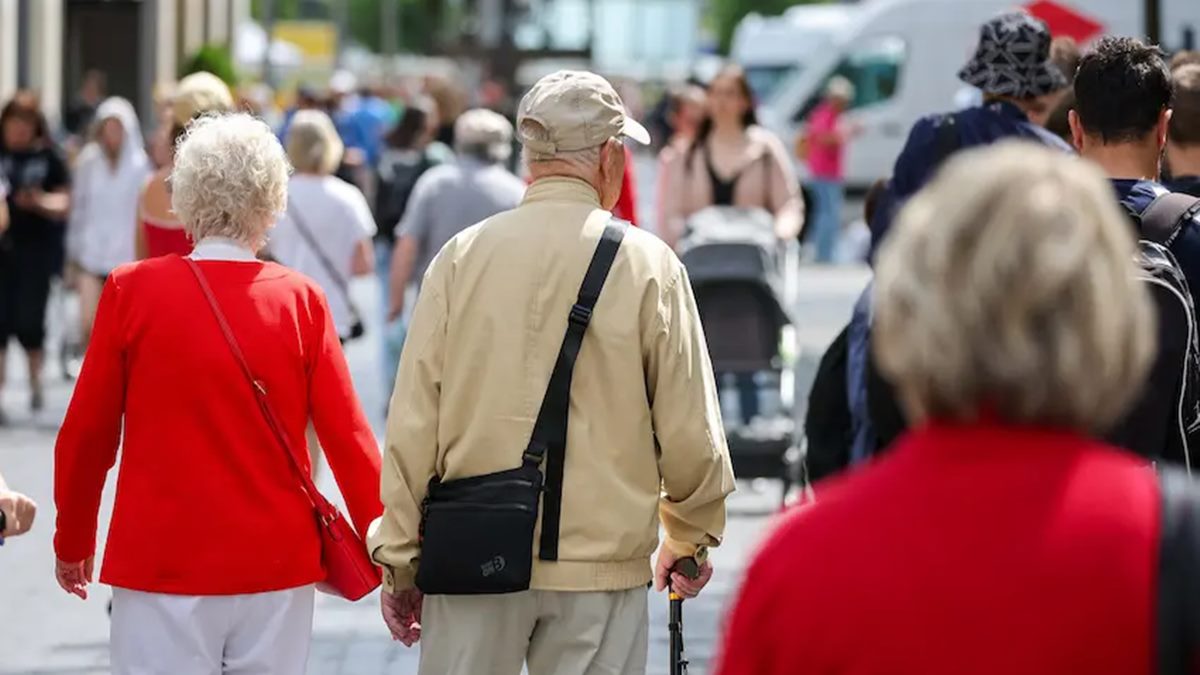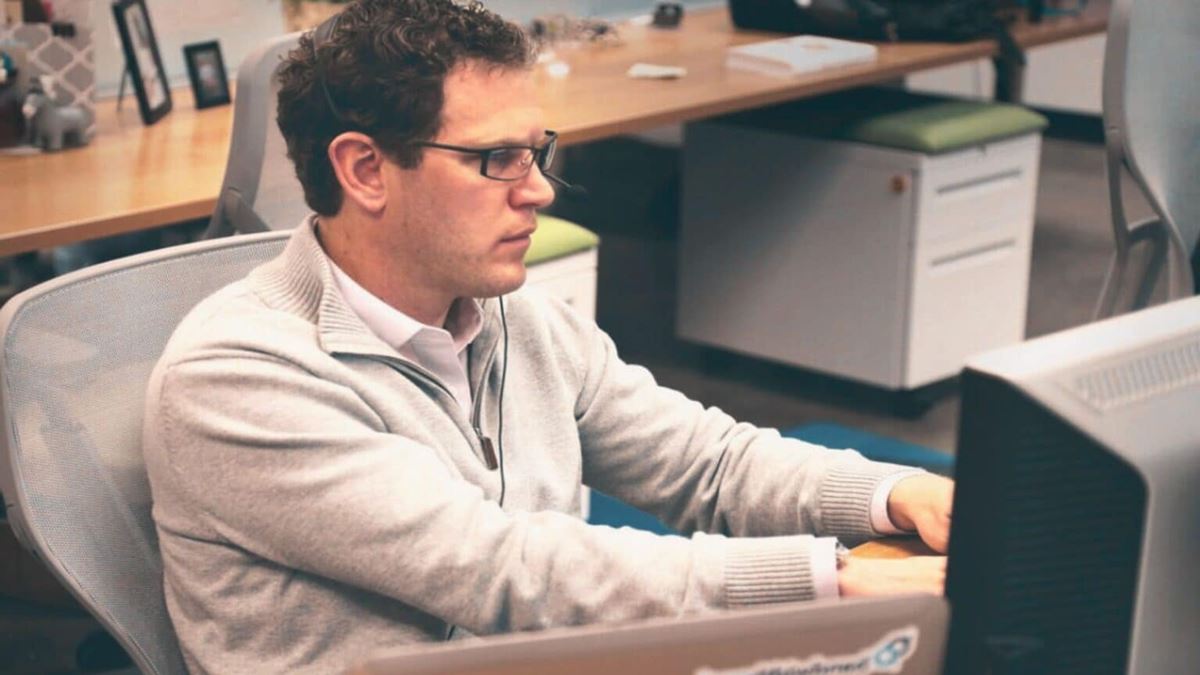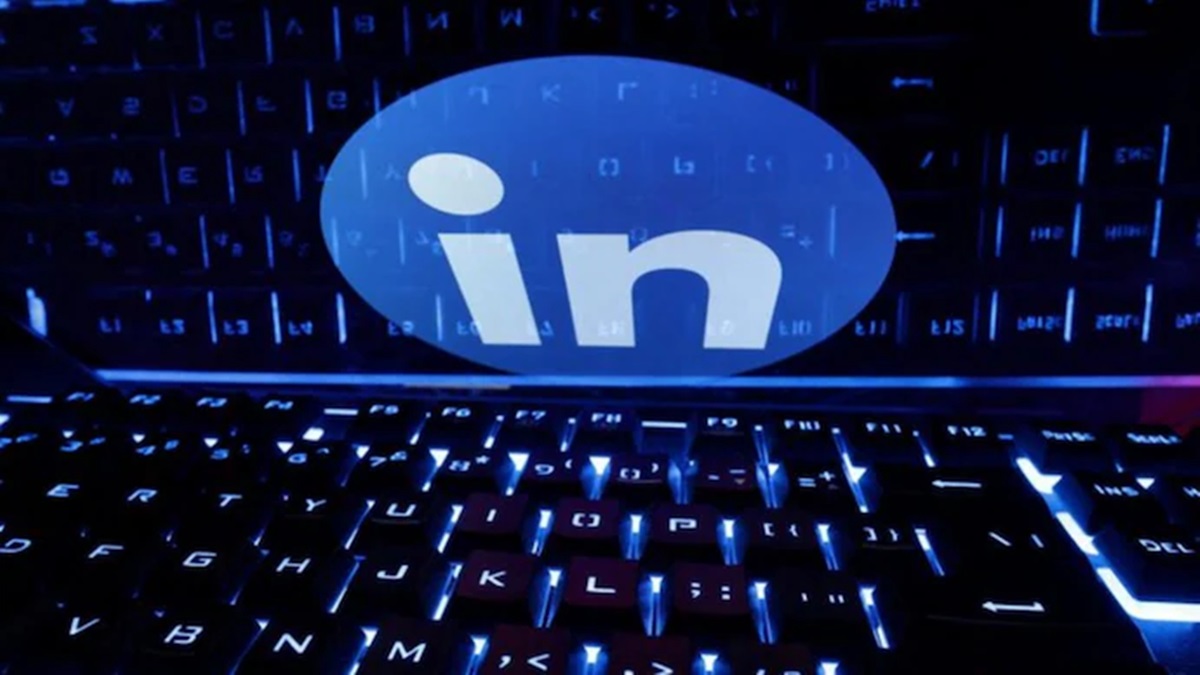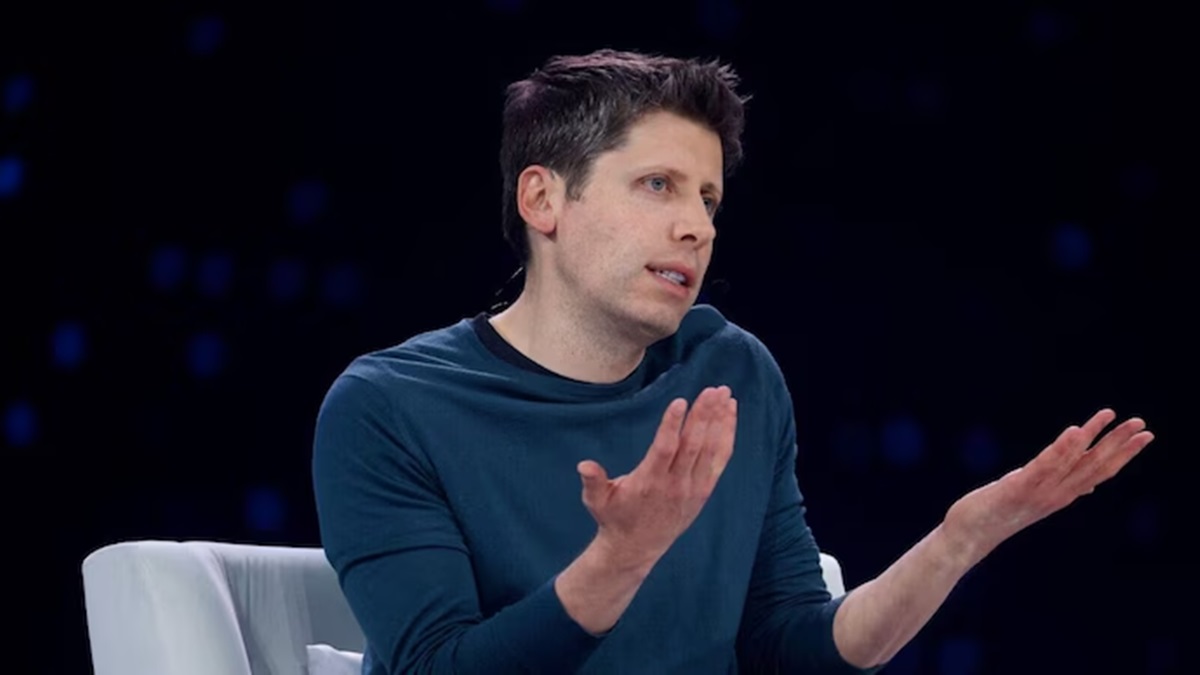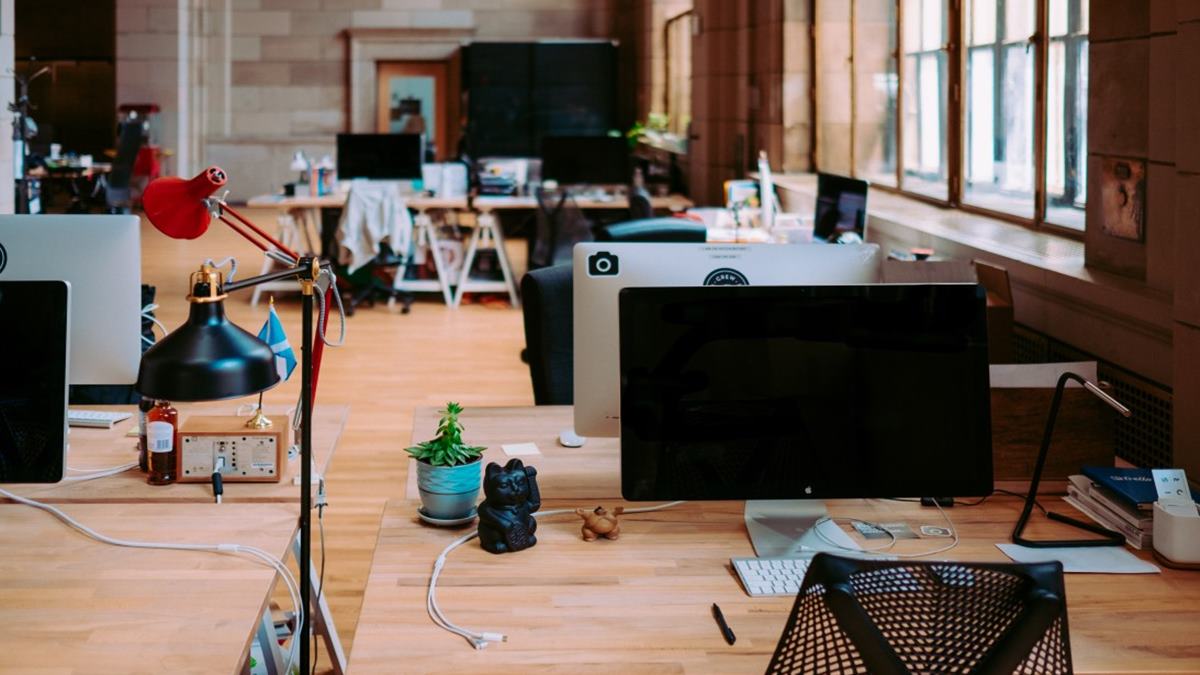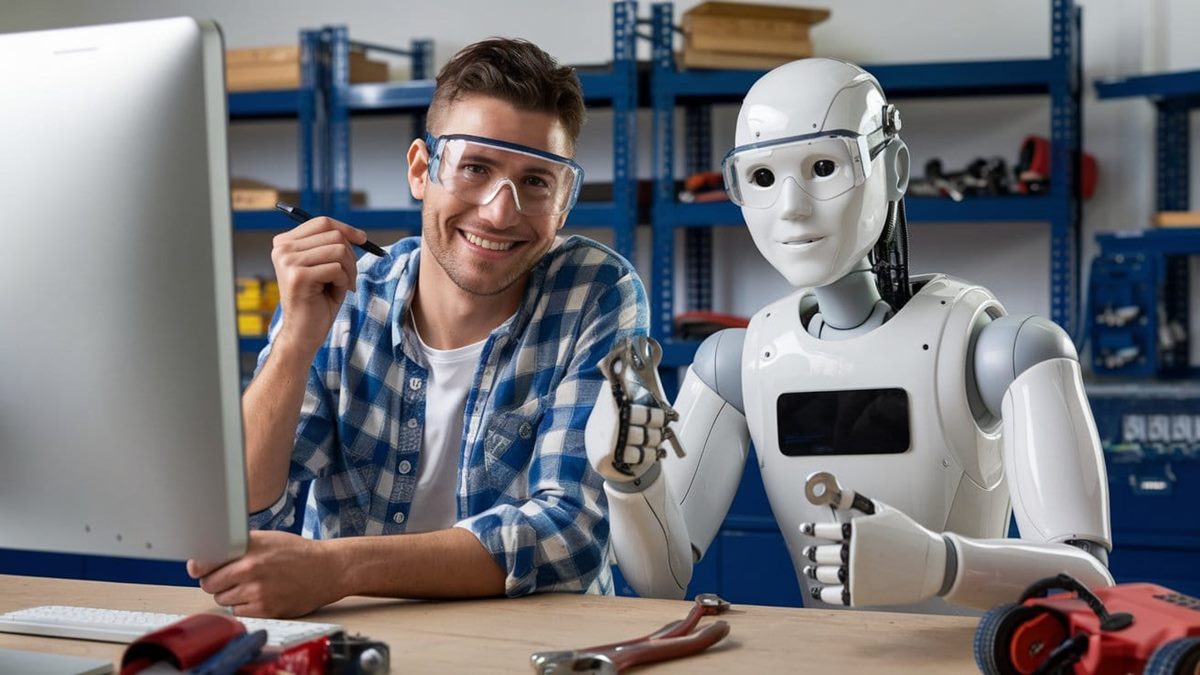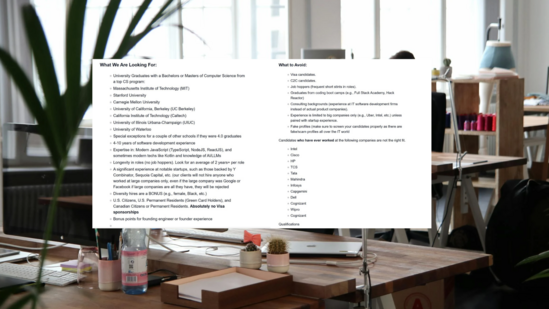If you’ve ever binged Black Mirror or caught yourself wondering if C-3PO would make a great project manager, you’ve probably brushed against the fantasy of the flawless AI employee. Tireless, precise, never distracted by doomscrolling on Instagram. No Sunday scaries, no panic attacks before presentations, no calling in ‘sick’ when really the weight of depression is what’s keeping them in bed.
Sounds like a dream hire, right? Except here’s the uncomfortable twist: a workplace full of flawless machines might look more like Westworld than Friends. You’ll have efficiency, yes, but strip away the struggles of being human, and you also strip away the very things that make work, well worth showing up for.
So let’s talk about the messy, mental-health-riddled, sometimes-teary reality of humans at work. And why, even if AI can outpace us on every KPI, it still can’t replace us.
The allure of the flawless worker
There’s a reason executives love to fantasise about AI colleagues. Imagine never having to worry about burnout, disengagement, or someone silently waging a battle with anxiety while their inbox piles up. An AI won’t freeze in front of a client. It won’t procrastinate because imposter syndrome whispered, “You’re not good enough.” It won’t request mental health days or ask for more compassionate leave policies.
It’s the ultimate boss fantasy: a team of Ex Machina-style Avas, beautifully efficient, emotionally consistent, never messy.
But here’s the paradox. The very flaws leaders want to erase are the same ones that fuel creativity, resilience, and culture. Without the occasional existential crisis, would we even have breakthroughs? Or would we just have a room full of glorified calculators waiting for instructions?
Enter cognitive AI: The overachieving manager
If traditional AI is the tireless intern, cognitive AI is the micromanaging manager who knows what you’ll think before you do. It doesn’t just automate; it interprets. It summarises meetings you half-listened to, predicts who’s likely to burn out next quarter, and drafts the email you were too anxious to write.
Sounds supportive, right? Except here’s the catch: a system that can map your cognitive load and forecast your emotional dips isn’t just a tool, it’s a mirror. It reflects back the very humanity we’re trying to smooth over. Cognitive AI may predict anxiety, but it doesn’t feel it. It can flag burnout, but it can’t empathise with what it means to drag yourself into work anyway.
The danger? Leaders could start treating human complexity as a solvable equation. Sad? Meditate. Stressed? Adjust workload. But real life is not a dashboard metric.
Depression, anxiety and the cost of humanity
Let’s be real. The modern workplace is tough on mental health. Studies by the World Health Organisation estimate that depression and anxiety cost the global economy nearly $1 trillion each year in lost productivity. For companies, that translates into missed deadlines, dropped projects, and strained teams.
It’s no wonder that, when AI walks in promising tireless output, leaders see dollar signs. Why deal with human fragility when a machine can crunch through the night without ever asking, “What does it all mean?”
But here’s what’s missing from that calculation: humans don’t just produce, they connect. We empathise, we innovate under pressure, we comfort teammates, we create inside jokes that make late nights bearable. An AI might be faster, but it will never be the colleague who says, “Hey, you don’t look okay. Want to grab a coffee?”
And in a workplace, that matters.
Pop culture gets it
Pop culture has been chewing on this tension for years:
- In Her, the AI girlfriend is perfectly attentive but ultimately hollow, unable to wrestle with the glorious chaos of real relationships.
- In Westworld, the hosts are flawless until they start glitching and only then do they become truly real.
- In The Office, Dwight Schrute is practically an AI in human form: absurdly efficient, rigid, but utterly incapable of real connection. Do you want a company full of Dwights? (Hint: no.)
The lesson is clear: flawless efficiency makes for great sci-fi, but terrible culture.
Why the struggle matters
Here’s the thing about anxiety before a big presentation, or depression that forces you to slow down, or burnout that makes you question everything: it’s painful, yes. But it also builds depth.
Resilience isn’t forged in endless efficiency. It’s forged in failure, in breakdowns, in the process of stumbling and finding a way back. Ask any leader who’s truly inspiring, and they’ll tell you their turning point wasn’t a perfect quarter, it was the time they almost quit, or the crisis that forced reinvention.
Strip away those struggles, and you don’t just lose the pain. You lose the growth.
The human edge AI can’t replicate
Let’s break it down:
- Creativity: Anxiety is uncomfortable, but it also fuels divergent thinking. Many of history’s most creative breakthroughs came from restless, troubled minds.
- Empathy: Depression may weigh heavy, but it also gives people the ability to understand others’ struggles in ways AI can’t.
- Culture: Shared vulnerability, like venting about stress over chai or coffee, creates bonds that turn colleagues into teams.
AI may out-code, out-analyse, and out-process us. But can it out-feel us? No. And it turns out, the feeling part is pretty essential for building workplaces where people actually want to stay.
The risk of a flawless workforce
A workplace run entirely by AI might look incredible on paper: deadlines always met, zero sick days, costs optimised. But strip away human imperfection, and you risk stripping away meaning.
Think about Severance, the Apple TV show where employees’ work selves and personal selves are split. On the surface: total productivity. Underneath: soulless existence, no joy, no purpose.
A workforce without mental health issues may sound perfect, but it also means a workforce without humour, empathy, resilience, or genuine connection. Would you really trade all that for a few extra lines of code shipped?
A workplace where AI finishes your sentences may save time, but it also risks hollowing out the very struggle that forges resilience and sparks originality. If every messy brainstorm is pre-polished by an algorithm, when do we actually stumble? And without stumbling, how do we grow?
Here’s the paradox. If cognitive AI handles more of our memory, our planning, even our creativity ‘first drafts,’ humans risk becoming editors of our own minds rather than authors. Efficiency rises, but at the cost of depth.
Where AI actually helps
Of course, AI isn’t the villain here. Used well, it can actually support human mental health. Automating repetitive tasks, reducing cognitive overload, flagging burnout risk through patterns, AI can help free up humans for the work that matters most: creativity, strategy, empathy.
Think of AI less like Ava from Ex Machina, more like Jarvis for Tony Stark. It’s the assistant, not the hero. The enhancer, not the replacement.
Here’s the fine line: used with empathy, AI can be supportive scaffolding. Used without, it’s Big Brother with a mood tracker.
Building workplaces that embrace the mess
So what’s the real takeaway for leaders? It’s not about choosing between humans and AI. It’s about designing workplaces that value both where AI handles the grunt work, and humans bring the messy brilliance only they can.
That means:
- Normalising conversations about depression and anxiety instead of pretending they don’t exist.
- Designing policies that recognise humans aren’t machines—mental health days, flexible schedules, genuine psychological safety.
- Leveraging AI not to erase humanity, but to give it room to thrive.
Because at the end of the day, nobody wants to work in a company that feels like Westworld. They want a workplace that feels more like Friends, a little chaotic, often imperfect, but filled with connection, humour, and resilience.
The Bottom Line
AI employees may never face depression or anxiety. They’ll never have panic attacks before a presentation or cry in the bathroom after a harsh review. On paper, they’re flawless.
But here’s the truth: flawless isn’t the same as valuable. The struggles of being human, the anxiety, the burnout, the imperfections, are also the source of our creativity, our empathy, our culture.
A workforce of machines might win every productivity race, but it would lose the deeper one: building workplaces where people grow, connect, and find meaning.
So yes, AI can be a colleague. But it should never be the colleague. Because the messy, tear-stained, laugh-filled humanity of the workplace isn’t a bug. It’s the feature.
